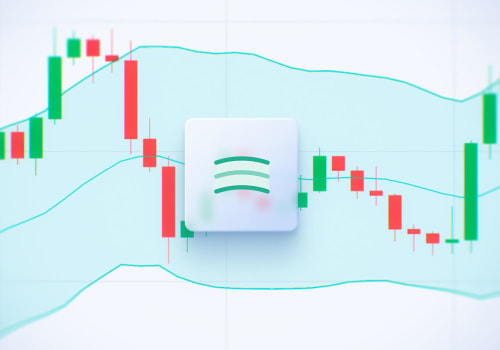High/Low options are an increasingly popular way to make money in the financial markets. But as with any investment, there is always a risk of loss. Understanding the risk and reward of high/low options is key to making informed decisions about your trading activities. In this article, we'll explore the basics of high/low options and how they work, so that you can make informed decisions when trading in the financial markets. We'll also look at the different types of high/low options available and examine the potential risks and rewards associated with each. By the end, you'll have a better understanding of the risks and rewards associated with high/low options, and will be able to make more informed decisions about your trading activities. The most common type of high/low option is the Up/Down option.
This type of option allows traders to predict whether the price of an asset will increase or decrease over a certain period of time. If the trader predicts correctly, they will receive a predetermined payout. If the trader’s prediction is incorrect, they will lose their initial investment. Another type of high/low option is the No Touch option.
This type of option allows traders to predict whether the price of an asset will remain within a certain range over a certain period of time. If the trader’s prediction is correct, they will receive a predetermined payout. When trading high/low options, it is important to understand the potential risks and rewards associated with each type of option. Up/Down options can be risky because the trader must accurately predict whether the price of an asset will increase or decrease within a certain period of time in order to receive a payout.
No Touch options can be less risky than Up/Down options because the trader only has to predict whether or not the price of an asset will remain within a certain range over a certain period of time. It is also important to consider the potential rewards associated with high/low options. If a trader is able to correctly predict whether an asset’s price will increase or decrease, they could potentially earn a large profit from their initial investment. On the other hand, if the trader’s prediction is incorrect, they could potentially lose their entire initial investment.
In addition to understanding the risks and rewards associated with high/low options, it is important to take into account the fees associated with each type of option. Some brokers may charge commission or other fees for trading high/low options, and these fees can have an impact on potential profits and losses. Overall, high/low options offer potential rewards but also come with certain risks. It is important for traders to understand the different types of high/low options, how they work, and the potential risks and rewards associated with them before trading high/low options.
The Potential Risks and Rewards of High/Low Options
When trading high/low options, it is important to understand the potential risks and rewards associated with each type of option.On the other hand, No Touch options can be less risky because the trader only has to predict whether or not the price of an asset will remain within a certain range over a certain period of time. The potential reward for correctly predicting either type of high/low option can be substantial, as traders can receive up to 85% return on their initial investment. However, it is important to understand that there is also potential for loss when trading high/low options. High/low options are an attractive way for traders to earn potential large returns on their investments. However, it is important to be aware of the risks associated with this type of trading.
Understanding the different types of high/low options and how they work is essential in order to make informed decisions and reduce risk.






